7 of the Best Camping Lights for 2025: A Guide
Read on for our rundown of the best camping lights and a handy guide on some considerations. A portable light source is essential for camping, so it's worth researching before buying.
Remember, Club members benefit from exclusive discounts with outdoor partners, including Go Outdoors, Cotswold Outdoors, Halfords and many more. Log into the members area or find out more about how joining the Club can lead to instant savings.
1. Nebo Big Poppy Lantern
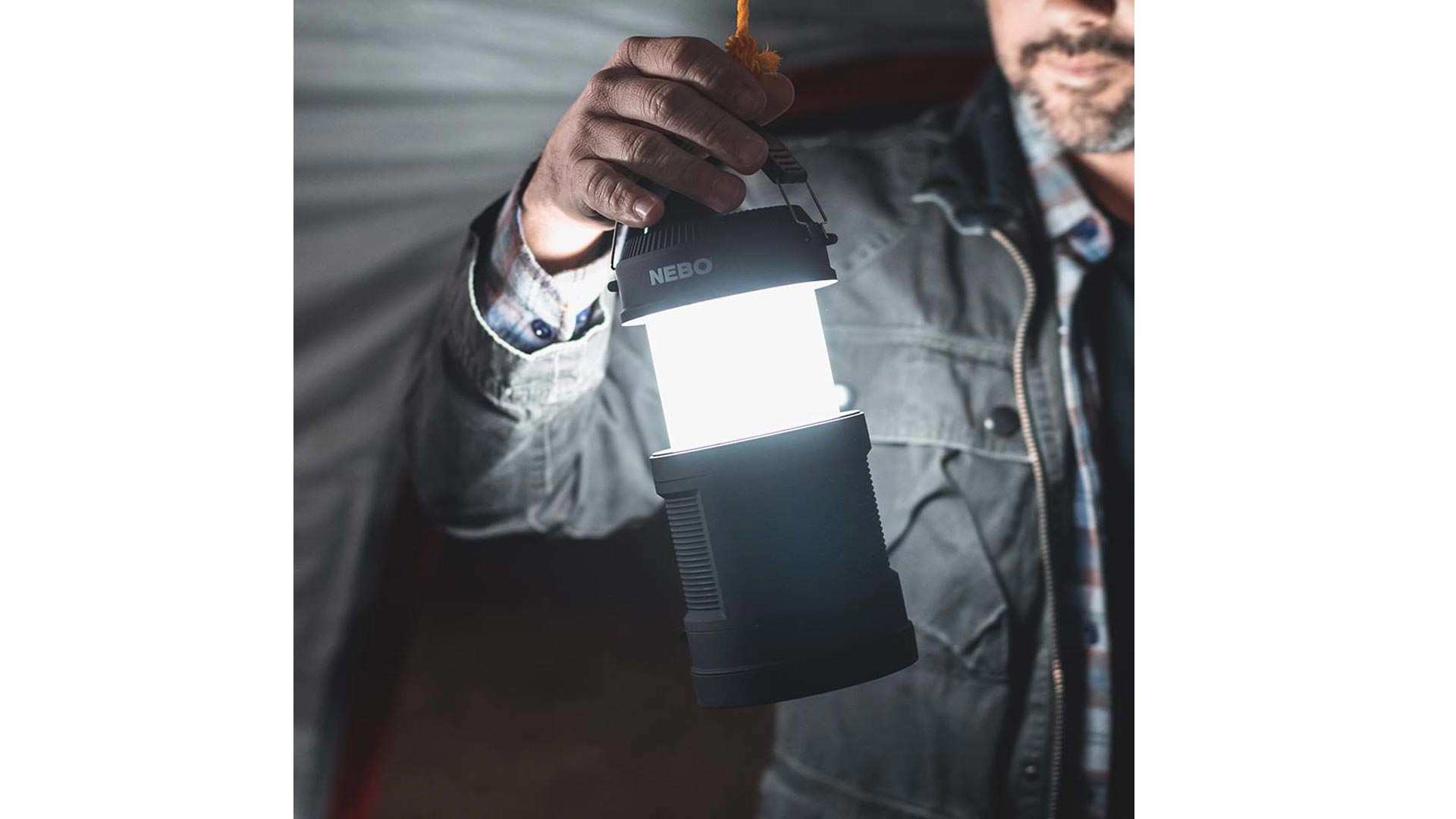
Lumens: 300
Power source: Rechargeable battery – 2 hours to charge
Lasts for: 2 hours on lantern mode, 15 hours on spotlight and 8 hours on flame
Weight: 136g
This camping lantern from Nebo Tools is a versatile option for any camping set-up. Charging takes 2 hours, from which you can use the full 14-metre beam, 150-metre spotlight or flickering flame, which is ideal for creating ambience at night. You can also use the water-resistant lantern to charge your phone in a pinch.
2. Coleman Northstar Lantern
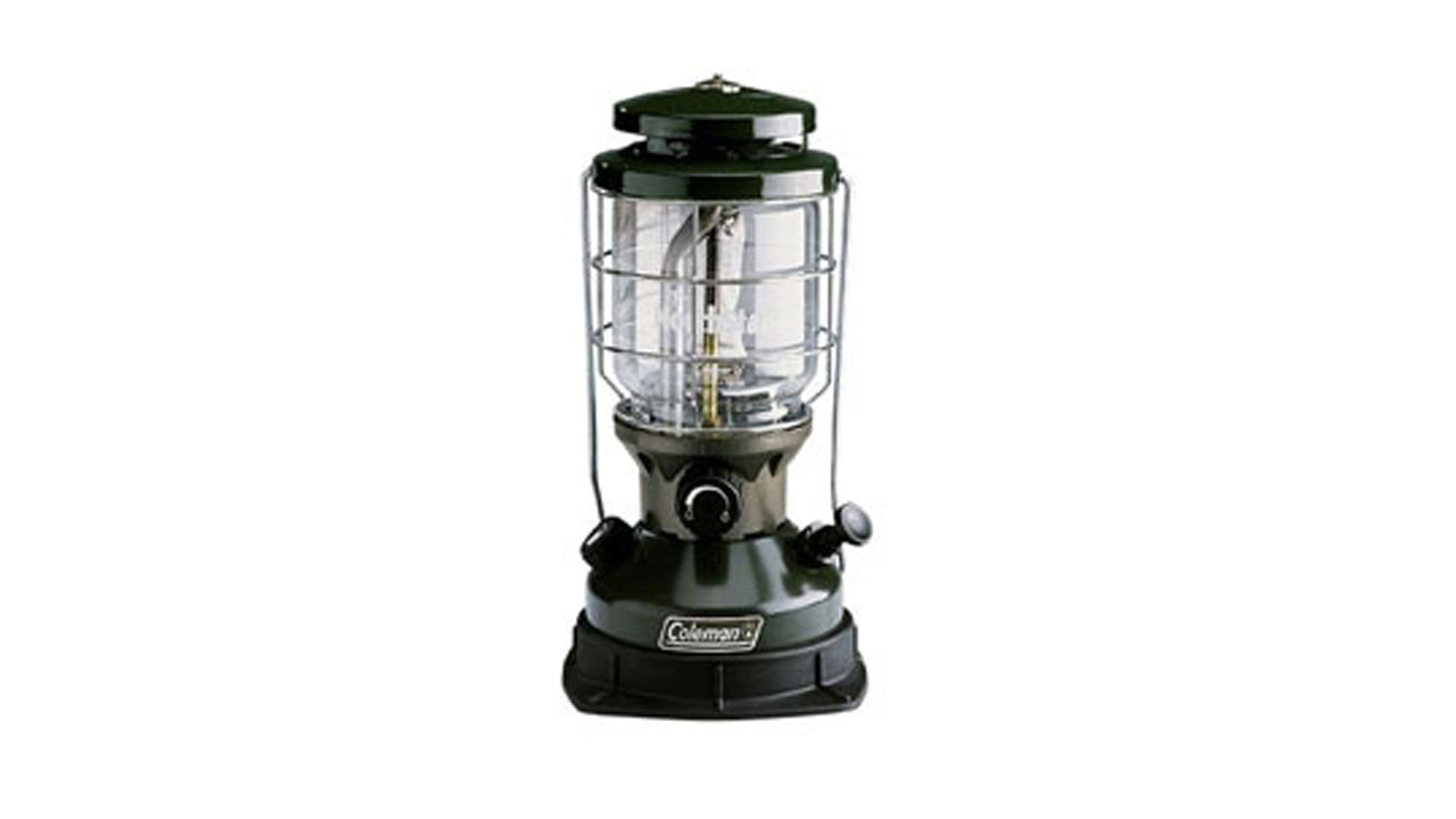
Lumens: 1500
Power source: Coleman Liquid Fuel or Unleaded Petrol
Weight: 1.8kg
The Coleman Northstar is an extremely durable and versatile liquid lantern that requires Coleman fuel or unleaded petrol. This lantern can run up to 7 hours on one bottle of Coleman fuel and has a light distance of 17m. It has an authentic design with a hanging handle and works best as a base camp lantern. It also is great for fishing and other uses.
3. Robens Munros Rechargeable Lantern
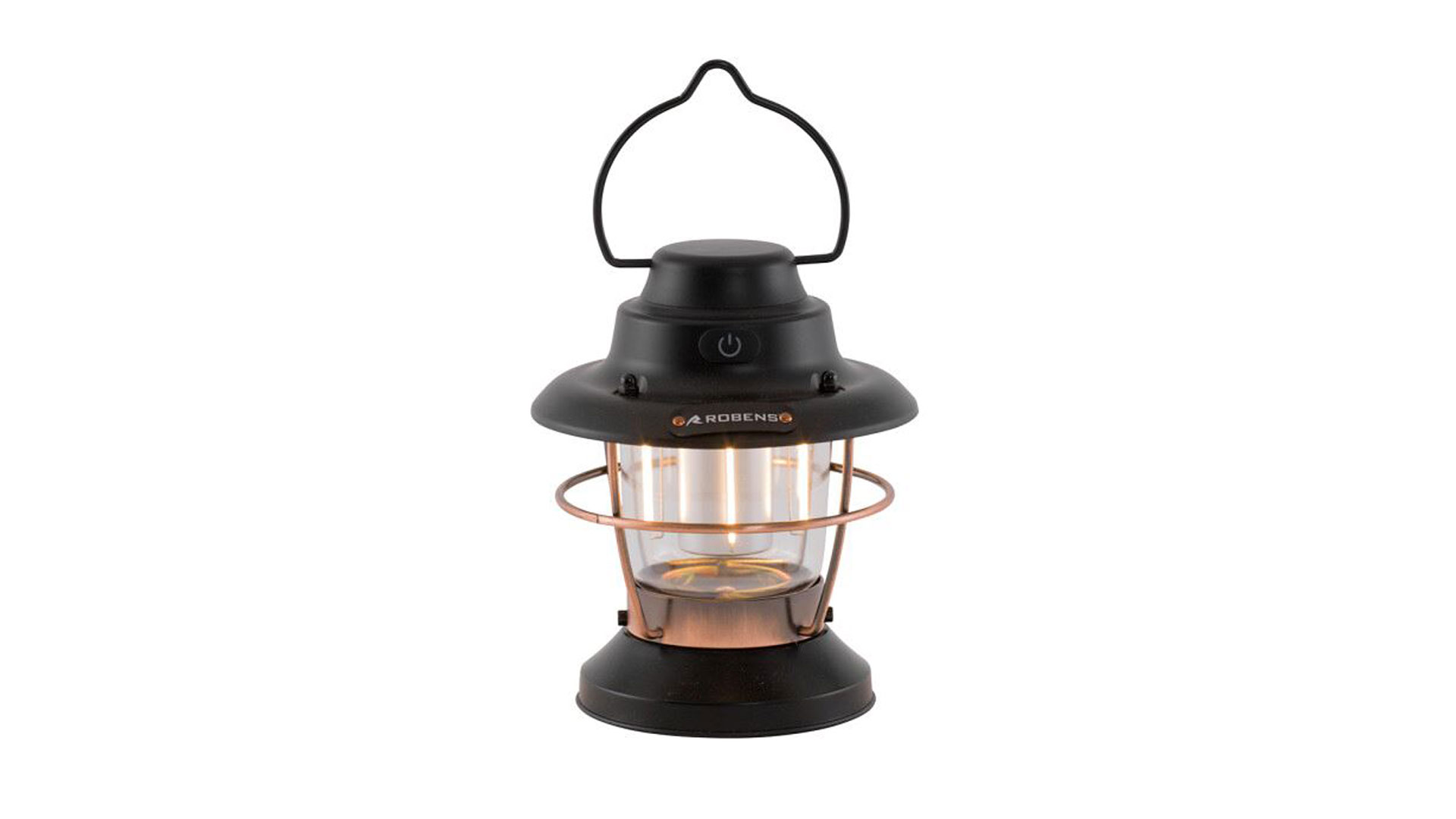
Lumens: 280
Power source: Rechargeable
Weight: 305g
If style is a big consideration for your camping set up, the Robens Munros fits the bill. Charge up using the USB to USB-C cable provided and enjoy 10 - 280 lumens of light you can hang as a camping lantern or sit wherever you like.
4. Vango Star 300 Recharge
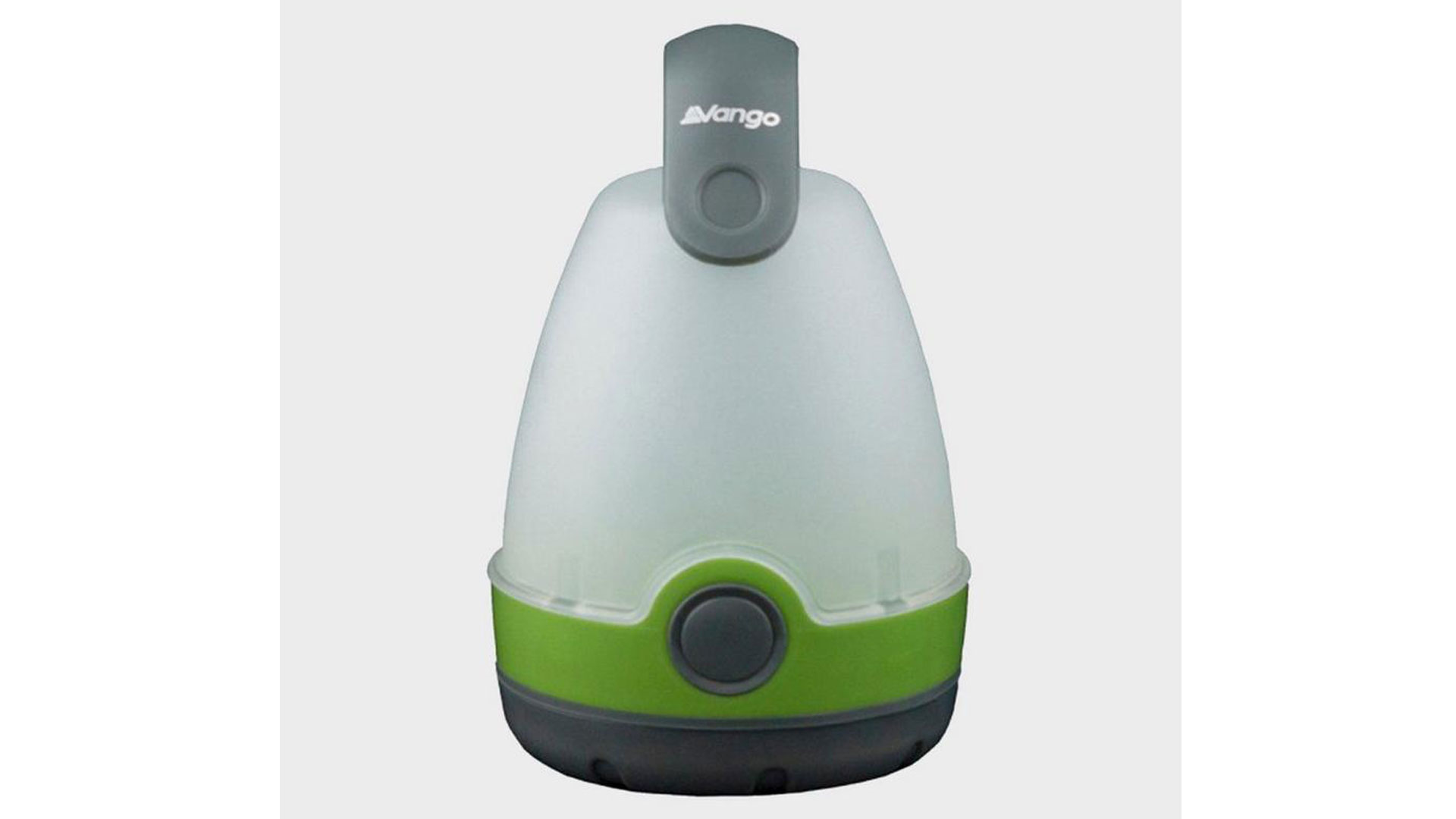
Lumens: 300
Power source: Rechargeable
Lasts for: Up to 5 hours
Illuminate your nights with the Vango Star 300 Recharge. This camping lantern provide soft, ambient lighting which can be either used on a table or from a hanging point.
5. Black Diamond Moji+ Lantern
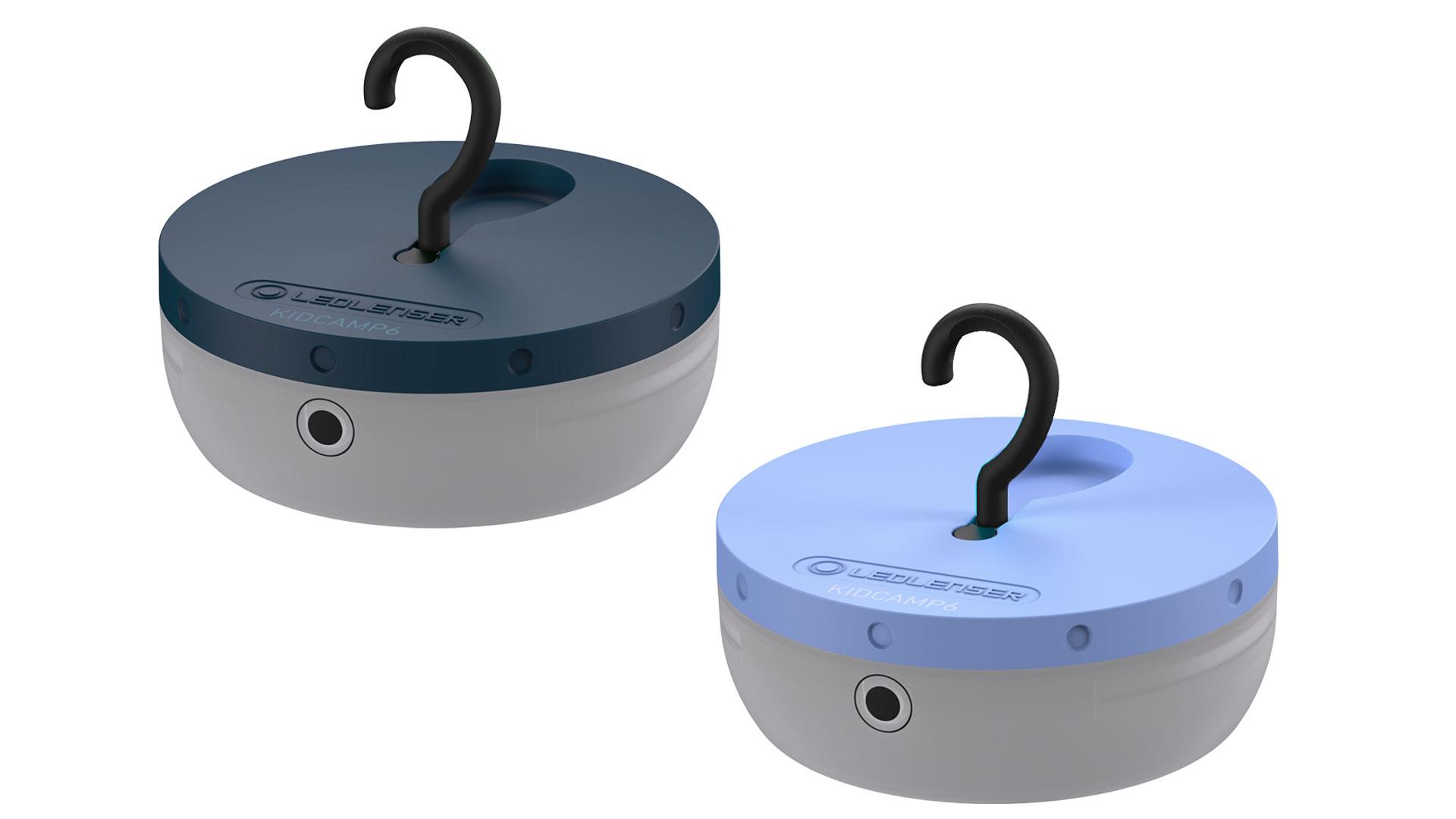
Credit: Ledlenser
Lumens: 200
Power source: Rechargeable Lithium Ion BD 1500 battery or Alkaline cells (both not included)
Lasts for: Max 40h, min 8h
Weight: 95g
Let kids have their own handy camping light for bedtime and dark nights. The battery-operated KidCAMP6 is ideal for use in tents and caravans, with a handy hook for mounting anywhere. The light has a maximum run time of 40h.
6. Black Diamond Moji+ Lantern
Lumens: 200
Power source: Rechargeable Lithium Ion BD 1500 battery or Alkaline cells (both not included)
The easy-to-use Moji+ lantern is stormproof and has a hanging loop, making it a good option for any occasion, but especially a camping trip. Choose to have a strobing or solid light in any colour of the rainbow. The magnets on this light are especially suited to those camping with caravans, motorhomes or campervans, allowing you to quickly and firmly stick the light to your unit’s wall.
7. Biolite AlpenGlow 500 lantern
Lumens: 500
Power source: 6000mAh rechargeable battery
Lasts for: 5 hours on high, 200 hours on low
Light up your nights with the Biolite AlpenGlow 500 rechargeable lantern, a versatile light source ideal for those starry nights spent camping outdoors. This product features sustainable ChromaReal LED technology, which means you have control over the bulb's brightness and colour. Different modes of the AlpenGlow 500 include a soft white, candle flick and single or multicolour options.
The AlpenGlow 500 features a rechargeable battery with a capacity of 6400 mAh and produces an impressive 500 lumens, shining brightly for up to 5 hours.
A quick camping light shopping guide
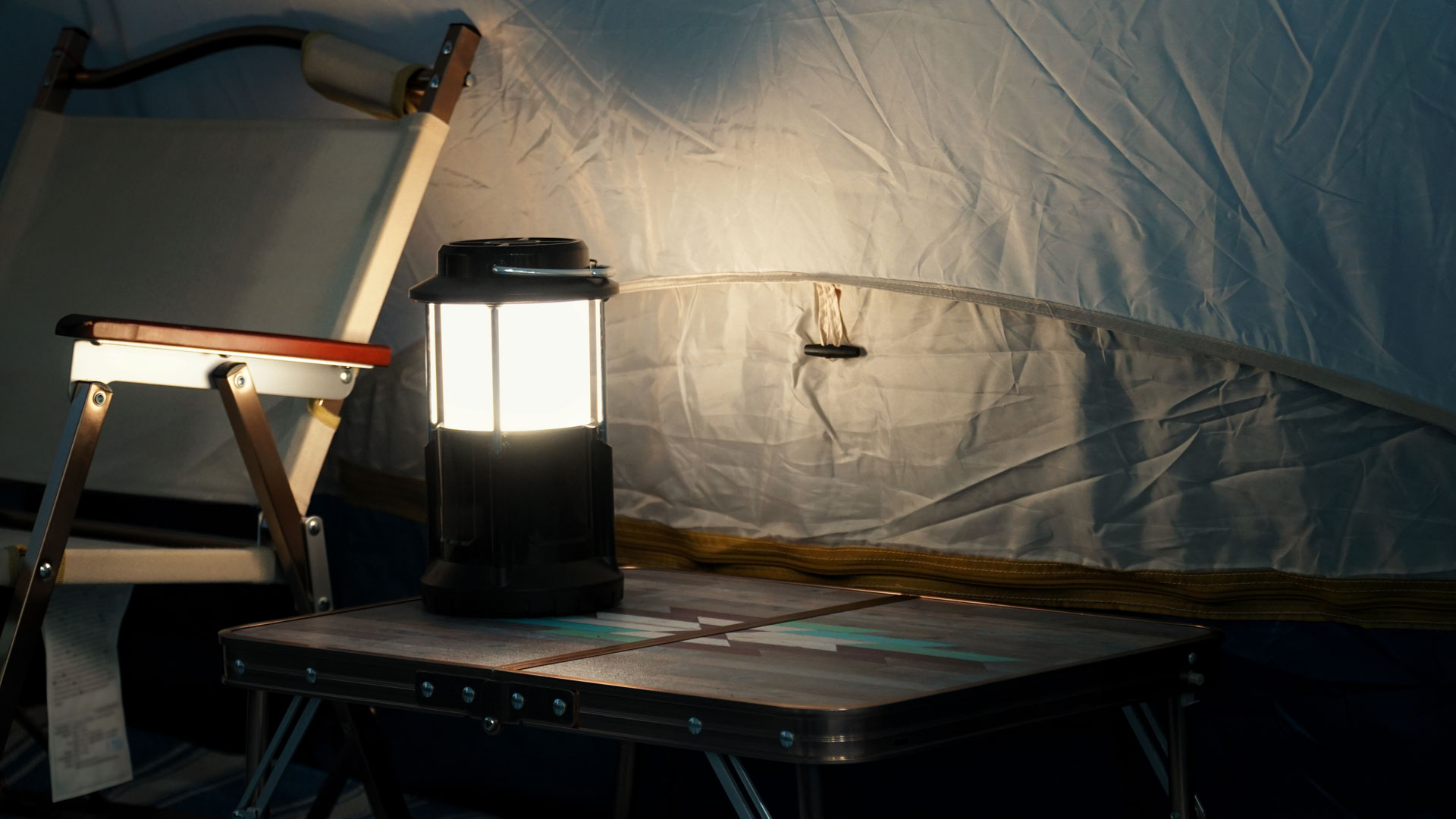
Before choosing which camping light to buy, there are a few things to consider and make a decision on. The power source, brightness and design are a few of these. Read on for everything you might need to know before buying your camping light.
The different types of camping lights and lanterns
Gas lanterns
Many campers choose a traditional gas lantern for their camping light source. These come in a variety of sizes and qualities.
Gas lanterns are powered by small disposable cartridges filled with Liquid Petroleum Gas (LPG), normally butane or propane or sometimes a cocktail of both.
Any gas equipment has its dangers, but it has an excellent safety record if used sensibly. Nevertheless, manufacturers still recommend you don’t use a gas lantern inside your tent.
Liquid fuel lanterns
The leading brand supplying liquid fuel lanterns is Coleman, and not surprisingly, the fuel is called Coleman fuel. Coleman fuel is a clean version of the same unleaded petrol you put in your car.
If you buy Coleman fuel in small cans in a camping shop, you’ll find it quite expensive. If you fill up at the local petrol pump, it’s the cheapest way to fuel your camping lantern.
Electric lanterns
Electric lanterns can run off ordinary batteries, rechargeable ones or an inbuilt rechargeable power pack. This power pack can be charged from the mains, a 12V leisure battery in your car, using a winding handle, by solar power or – in some of the more pricey units – by any of these methods. Electric lanterns are simple and easy to use without the fuel challenges of gas or liquid fuel lights.
Please note: Any fuel-burning appliance releases carbon monoxide (CO). To learn more about the dangers of carbon monoxide and to ensure you have a safe camping trip, read our camping safety guide. If you’re planning on using petrol to power your camping lights it’s absolutely essential that you use a properly labelled and purpose-built container to transport and store any unleaded petrol you use.
Lumens explained
You'll see the word "lumens" on the specification list for most camping lights. Simply put, the measurement of lumens determines how much light comes from a bulb. The higher the number of lumens, the more light the bulb emits. There are no hard and fast rules about how many lumens you'd need from a camping light specifically, but thinking about your needs can help you decide. If you're looking for a light to use around your camping set-up, as a kid's night light, 200 lumens will be fine. If you need a lantern to guide your way on a stormy winter night, 1500 lumens might be needed.
